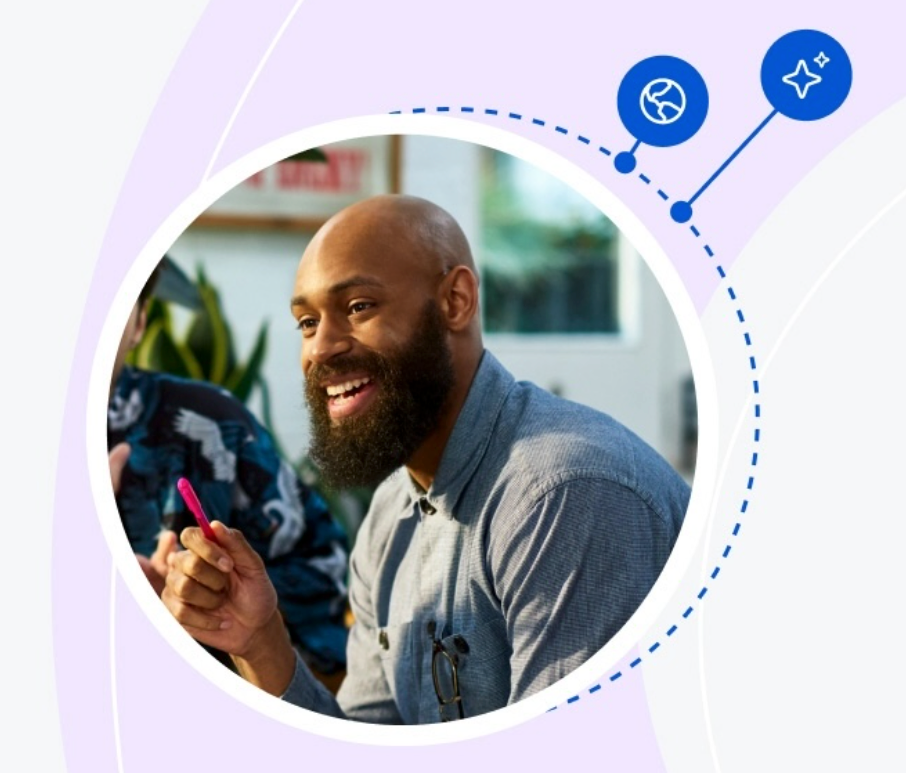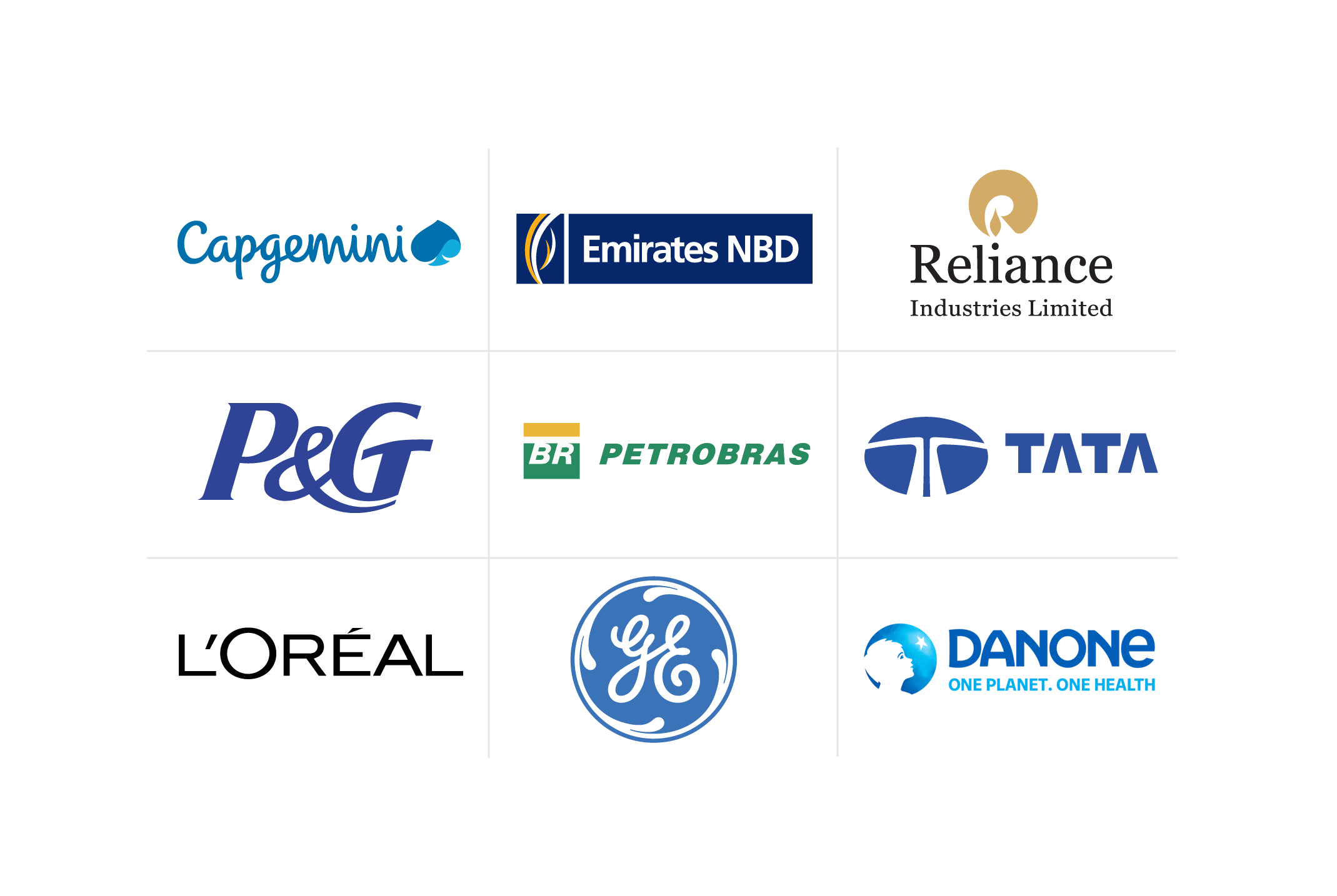Empowering Success: A Comprehensive Guide to Workforce Development
Many organizations realize the importance of workforce development plans to remain competitive and productive while meeting modern industry demands. Learn more about how these plans work.

Workforce development goes beyond job training and includes ongoing education, training, and partnerships. This comprehensive approach is designed to provide a framework to help employees and organizations navigate changing industry demands, providing a pathway for employees to continually upskill and expand their expertise.
Explore the ins and outs of workforce development, including why it’s essential for business success and how to begin creating a workforce development plan for your teams.
Defining workforce development
Workforce development is a comprehensive approach business professionals take to enhance the capabilities of their workforce over time. The goal of workforce development initiatives is to build relevant expertise now and create a pipeline where employees continually grow and develop within their roles to meet future demands.

Workforce development should benefit both employees and employers. These programs aim to help employees maximize professional development efforts, offering a guided pathway toward the skill development needed to thrive in the workplace. While workforce development initiatives should align with company values and goals, the curriculum should also personalize individual interests and learning styles.
As an employer, workforce development addresses skill gaps and generally improves overall productivity and competitiveness. You may offer this training in the form of different programs, such as ongoing skills development programs, apprenticeships, community partnerships, on-the-job training, or certification programs.
Job training vs. workforce development
Job training focuses on teaching individuals the specific skills required for a particular job or task. This type of training is typically short-term and targeted. You might have job training if you need to quickly learn a new skill, such as how to use generative AI in your job responsibilities.
Workforce development, on the other hand, is a more holistic and long-term investment in building a pipeline of skilled workers and enhancing the overall quality of the workforce. This includes job-specific training, broader educational initiatives, and career development opportunities. A workforce development initiative might be an ongoing software training program in which you can continually learn new skills. So, while you might learn Microsoft Excel first, you would have a place to continually learn new programs as they become available.
Why is workforce development essential to business success?
With globalization, your businesses need to continually innovate and improve to stay ahead. Workforce development initiatives help ensure that you have a steady supply of workers trained in the latest skills, providing employees with a way to grow within their roles while increasing the overall productivity of the organization.
As the rate of change within industries continues at a fast pace, the skills employees were initially equipped with during their training may no longer be the most relevant or what they need to perform their job roles competitively. Having workforce development and learning plans in place creates an environment that supports continuous learning, ensuring employees have pathways to learn new technologies and skills to meet the industry's current and future demands.
Types of workforce development systems
You can explore several types of workforce development systems to find the right combination for you. Common strategies include targeted approaches to the following.
Recruitment
Recruitment as part of workforce development involves identifying and attracting individuals with the necessary skills or potential for specific roles within industries. When you look for new people to join your workforce, you should consider the skills needed to succeed in the role you are hiring for. Once you know what you want a candidate to be able to do in the position, you can expand your talent pool and find people who have the needed skills rather than focusing on formal qualifications alone.
Training and education
Training and education programs are integral to workforce development. They offer structured opportunities for individuals to gain the knowledge and skills required. These training programs can take various formats, including vocational training, apprenticeships, online programs, or in-person lectures.
Training and education programs can cover technical and human skills depending on your workforce's needs. As an employer or manager, you should personalize the training programs offered so they provide your employees with useful, tangible skills that can directly enhance their work performance.
Upskilling within the workforce
Upskilling an employee means teaching them new skills needed to meet the changing demands of their roles and the industry. This type of workforce development helps your team maintain a competitive edge and evolve alongside technological advancements and market shifts.
Upskilling allows employers to close skill or talent gaps while allowing their existing employees to advance to roles with greater responsibility. By providing internal opportunities for growth, your company will likely see higher employee engagement and retention rates over time. If applicable, you can also transition employees to new roles within the company as their skills shift and expand.
How to make your own workforce development plan
The first step in developing a workforce development plan is to set clear, strategic goals that align with overall efforts. Next, assess the current skills gaps to identify skill areas where employees aren’t performing well. This evaluation allows you to create a targeted approach to workforce training and development.
Once the training program is underway, you should integrate regular assessments throughout its duration. These assessments measure progress, highlight participant needs, and provide data you can use to adjust the curriculum or learning plan.
Tips to maximize the effectiveness of your program
When designing your workforce development plan, take time to explore your workforce and reflect on your organizational goals. Your program should meet your organizational needs and enhance your employee’s individual professional development.
Identify sectors with growth potential yet high turnover rates.
The first step is to pinpoint sectors within the economy you expect to grow but which are currently experiencing high turnover rates. These sectors often have a mismatch between the needed and actual skills. Identifying these areas allows organizations to focus workforce development efforts where they are most needed, helping to stabilize the workforce and support sector growth.
Design training programs in tandem with employee observation.
Creating training programs requires a comprehensive view of what your employees do regularly basis. By observing employees in their roles and working alongside them to create training plans, you can design training programs that address the specific skills gaps and challenges they face. An important part of this process is finding a training partner who can customize training and development tools, providing ways for you to tailor the training to your needs.
Spread awareness of the workforce development programs.
Ensure your employees are aware of training offerings and motivated to begin. You can spread the word about the training's benefits, how it aligns with career paths, and what participants should expect. This can help employees understand the value and motivate them to engage. You can also offer incentives or motivational tools, especially when the training plans first launch.
Personalize the training program to employees.
To have an effective training program, you should focus on designing a program that employees want to take part in. This means that employees should be aware of the program and its benefits, as well as opportunities to personalize training to match their individual career goals and interests. A few tips you can keep in mind include:
Offer several modes of instruction. Allow employees the choice of instruction type.
Offer specialized training modules. Tailoring content to meet the specific needs of the participants or industry can make training more relevant and effective.
Emphasize practical applications. Focusing on the practical application of concepts ensures that employees understand how to apply them on the job.

Overcoming challenges in workforce development
Identifying the sources of resistance is the first step in addressing them. Resistance may appear when employees or stakeholders don’t understand how the program benefits the organization. One thing you can do in this scenario is provide tangible evidence of how workforce development plans are affecting business performance and the return on investment (ROI).
You can do this by tracking metrics such as employee retention and performance after training. This can help stakeholders and employees feel confident that they are spending their time well and investing in a meaningful way.
Learn more on Coursera
When implementing a workforce development strategy, identify the current and future needs of your workforce so you can implement targeted strategies to improve productivity, innovation, and overall competitiveness.
Get started today with Career Academy from Coursera. Featuring a curated catalog of guided tutorials and projects focused on high-value digital skills and tools, Career Academy offers competitive career development opportunities with training programs from industry leaders like Google, Salesforce, Intuit, Meta, and Ashok Leyland, among many others.
When you partner with the Coursera learning platform, you can tailor your company’s training programs with Specializations, Professional Certifications, and course series. Consider starting with the Professional Skills for the Workplace Specialization to explore concepts related to developing a growth mindset and remaining adaptable in the workplace.
Explore Coursera for Business to learn how to provide the technology training your business needs to be competitive.
This content has been made available for informational purposes only. Learners are advised to conduct additional research to ensure that courses and other credentials pursued meet their personal, professional, and financial goals.

